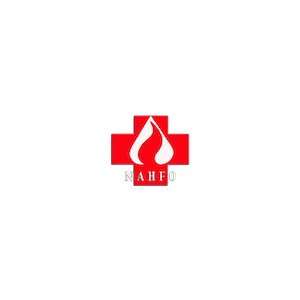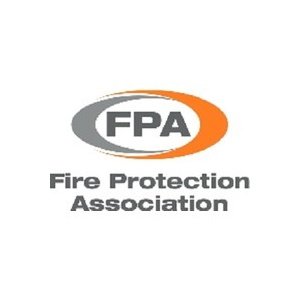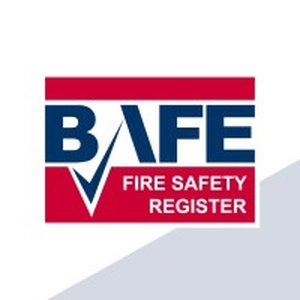Instead of the Fire Safety Event, which was meant to take place in late April 2020 (postponed until September 2020), Nineteen Group hosted an online webinar event (15/05/2020) to discuss current fire topics.
Several notable fire safety specialists discussed different topics, but the overarching topic was how the coronavirus pandemic will affect fire safety and any additional changes it will require.
COVID-19 safety measures
Niall Rowan, CEO - ASFP, noted Dame Judith Hackitt’s comments that the previously thought difficult process to change the construction industry is very much possible, and COVID-19 (Coronavirus) action has proved that.
This is also applicable to all building's fire safety procedures, if buildings can implement COVID-19 safety measures, updates to fire safety (and health and safety) should be running parallel with this in BAFE’s opinion.
skilled fire risk assessment
Peter Aldridge, General Secretary - NAHFO, discussed the fire approach for the NHS Nightingale
In the opening session, Peter Aldridge, General Secretary - NAHFO, discussed the fire approach for the NHS Nightingale at Harrogate.
Multiple areas were discussed, but it came down to the thorough skilled assessment of fire risk that ensured multiple people with vulnerable and critical patients were as safe as possible from this element.
fire extinguisher
Conspicuously the ‘humble’ fire extinguisher was one of the significant safety features used. This was to control any potential smaller fires and prevent the necessity to evacuate COVID-19-affected patients.
This was supplemented with the execution of making all NHS and site staff occupying said areas aware of their operation with training.
third party certified products
BAFE is a member of the Federation and will continue to support their drive for a safer building
Also touched on was action taken since the Grenfell Tower Fire. Dennis Davis, Executive Officer of – the Fire Sector Federation, discussed the Federation’s investment in a “Decade of Improvement”.
One slide proclaimed fire safety was to “protect lives and property”. It stated to “use third party certified products to detect, suppress, contain and extinguish fires [and to] encourage suppliers and maintainers to become fire safe accredited [certificated] companies.” BAFE is a member of the Federation and will continue to support their drive for a safer building environment from fire.
UKAS Accredited Third-Party Certification
Peter Wise, Principal Consultant – FPA, referred to the Act for Rebuilding the City of London 1666 as the Dame Judith Hackitt of its day. As it quickly approaches the third anniversary of the tragic Grenfell fire, BAFE hopes to see further action taken regarding all the recommendations soon, most notably regarding the competency of fire safety providers to protect life.
Remarkably in 1666 it only took six months from the fire until the Act was passed in February 1667. Fast forward and the industry continues to self-regulate with UKAS Accredited Third Party Certification. Mandating this could be a “quick win” for legislators, as previously said by Dennis Davis, Executive Officer – Fire Sector Federation, at the FPA’s Building a Safer Future seminar in January.
fire safety legislation
Stephen highlighted the fact that fire safety legislation has not changed during the coronavirus pandemic
Stephen Adams, Chief Executive – BAFE, spoke about the importance of Third Party Certification regarding fire safety providers. Stephen highlighted the fact that fire safety legislation has not changed during the coronavirus pandemic.
If anything, BAFE believes this has greatly increased its relevance at present, as many buildings are changing their use to comply with coronavirus safety measures.
assess building type
Questions that followed Stephen’s session focussed on Fire Risk Assessments.
BAFE strongly advised that third-party certified fire Risk Assessment providers are used and that they are confident to assess your type of building.
physical risk assessment
Coronavirus measures will affect access to particularly high-risk areas where online video links with assessors could potentially supplement an exhaustive assessment and review certain accommodations (but this would not replace a physical risk assessment of the building).
Any actions taken must be the best course to mitigate fire if building use is changing (e.g. moving staff to previously unoccupied rooms/areas or use of fire doors and keeping these open to minimize contact with handles).























